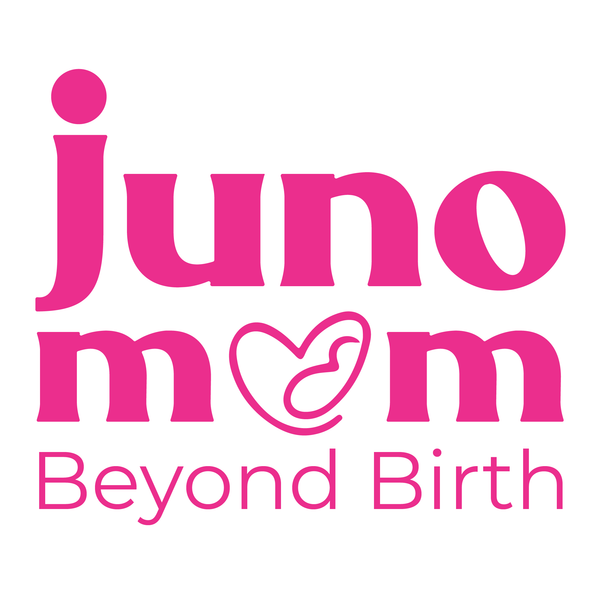Recovering from a C-section delivery is more than just healing a scar. While the incision on your belly is what you see, the real recovery happens inside your body. A C-section involves cutting through seven layers of tissue, including skin, fat, muscle, and the uterus. This means healing is not just about taking care of the stitches but also allowing your body to repair itself from within. Many mothers focus on the external scar but may not be aware of what’s happening internally.

Let’s take a deep dive into C-section recovery, from the 7-layers of tissue healing to traditional and modern recovery methods that can help you feel better, faster.
Understanding the 7 Layers of a C-Section Incision
A C-section is a major surgery that goes through multiple layers of the abdomen and uterus. Healing occurs at different rates for each layer. The seven layers include:
Skin – The first layer that holds the visible C-section scar.
Fat – Stores energy and cushions organs.
Fascia – A connective tissue that holds everything together.
Muscle – Moved apart rather than cut but still affected.
Peritoneum – A protective lining for the abdominal organs.
Uterus – The incision in the uterus is where the baby was delivered.
Endometrium – The inner lining of the uterus that takes time to fully heal.
Healing these layers requires patience, rest, and proper postpartum care. You must take good care until healed properly.
What Happens During Internal Healing?

- The uterus contracts to shrink back to its pre-pregnancy size.
- Scar tissue forms at the incision site.
- The fascia and muscle tissues slowly regain strength.
- Hormonal changes affect skin, hair, and overall recovery.
- Some women may experience nerve sensitivity or numbness around the scar area.
Since the healing process is gradual, you might not notice immediate changes, but taking the right steps can ensure proper recovery.
How to Support Internal Healing?
1. Rest & Gentle Movement

- Avoid heavy lifting and sudden movements in the first 6-8 weeks.
- Light walking improves circulation and helps prevent blood clots.
- Listen to your body—overexertion can slow recovery.
2. Nutrition for Tissue Repair
- Eat protein-rich foods like lentils, eggs, and nuts to support muscle healing.
- Stay hydrated to prevent constipation and aid digestion.
- Iron and vitamin C help with wound healing and immunity.
3. Belly Binding for Support
- Traditional belly binding has been used for centuries to provide abdominal support.
- A modern Abdominal Binder helps stabilise the core, reduces discomfort, and supports the lower back.
- Wearing a binder can improve posture and encourage the uterus to contract naturally.
4. Scar & Skin Recovery
- A C-section scar oil can nourish the skin, improving elasticity and appearance.
- Stretch marks and scar oil can help fade marks over time while keeping the skin hydrated.
- Gently massage the scar area (after approval from your doctor) to improve blood flow and reduce tightness.
Common Internal Healing Concerns
1. Numbness or Tingling Around the Scar
Some women feel numbness or tingling near the incision due to nerve healing. Light massages with C-section scar oil can help improve circulation.
2. Adhesions and Internal Scar Tissue
Adhesions are bands of scar tissue that can cause discomfort. Gentle movement, postpartum yoga, and stretching can help prevent stiffness.
3. Pelvic Floor Weakness
A C-section can still weaken the pelvic floor muscles, leading to discomfort or mild incontinence. Pelvic floor exercises, such as Kegels, can restore strength.
Final Thoughts
Healing after a C-section delivery takes time, but understanding the process makes it easier. Recovery is not just about the C-section scar—it’s about internal healing and regaining strength. With the right postpartum care, including a balanced diet, belly support with an abdominal binder, and nourishing oils like C-section scar oil and stretch marks and scar oil, you can support your body’s natural healing process
Take it slow, be kind to yourself, and remember—every step you take is one step closer to full recovery.




